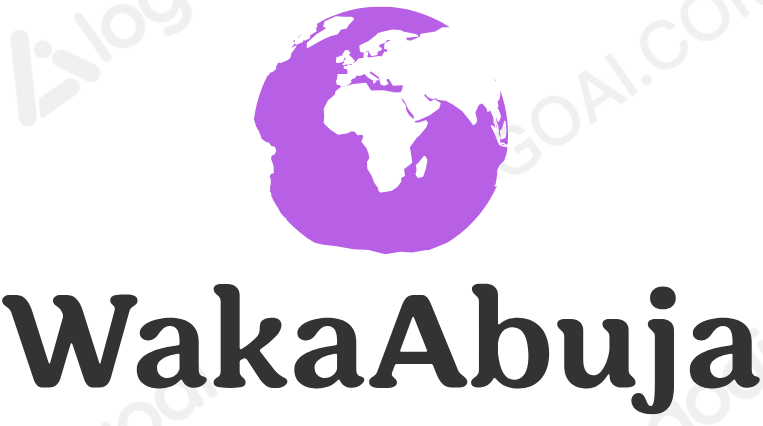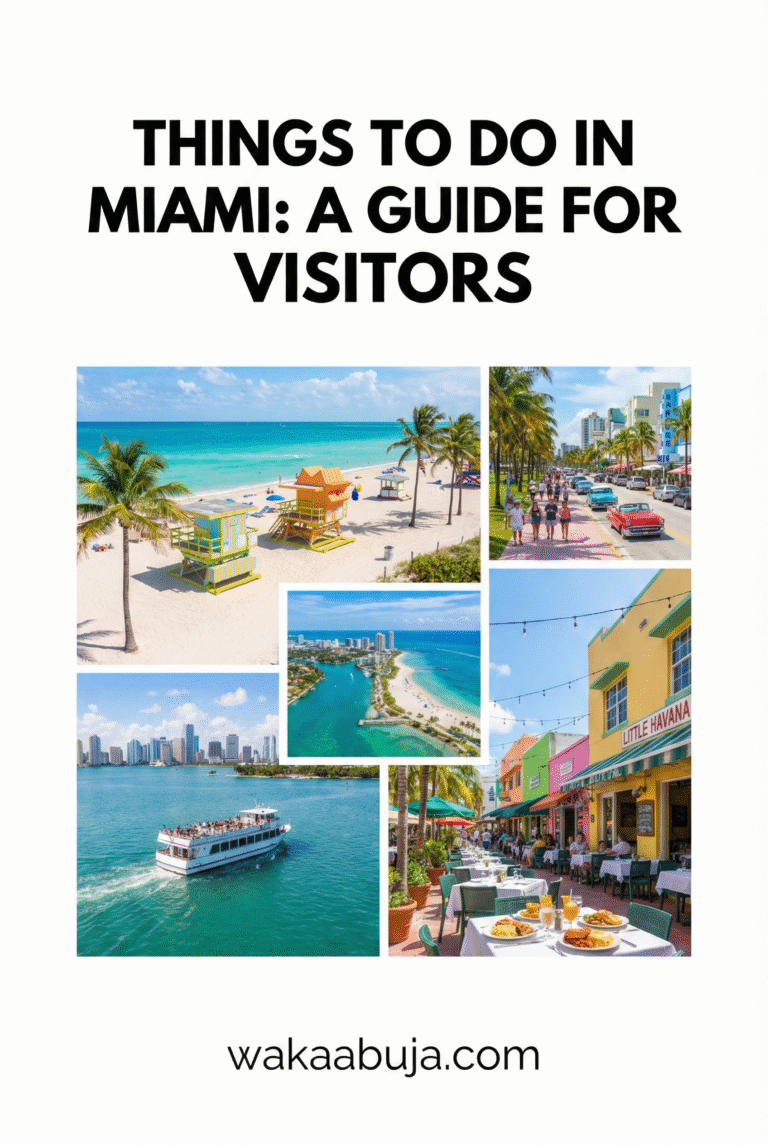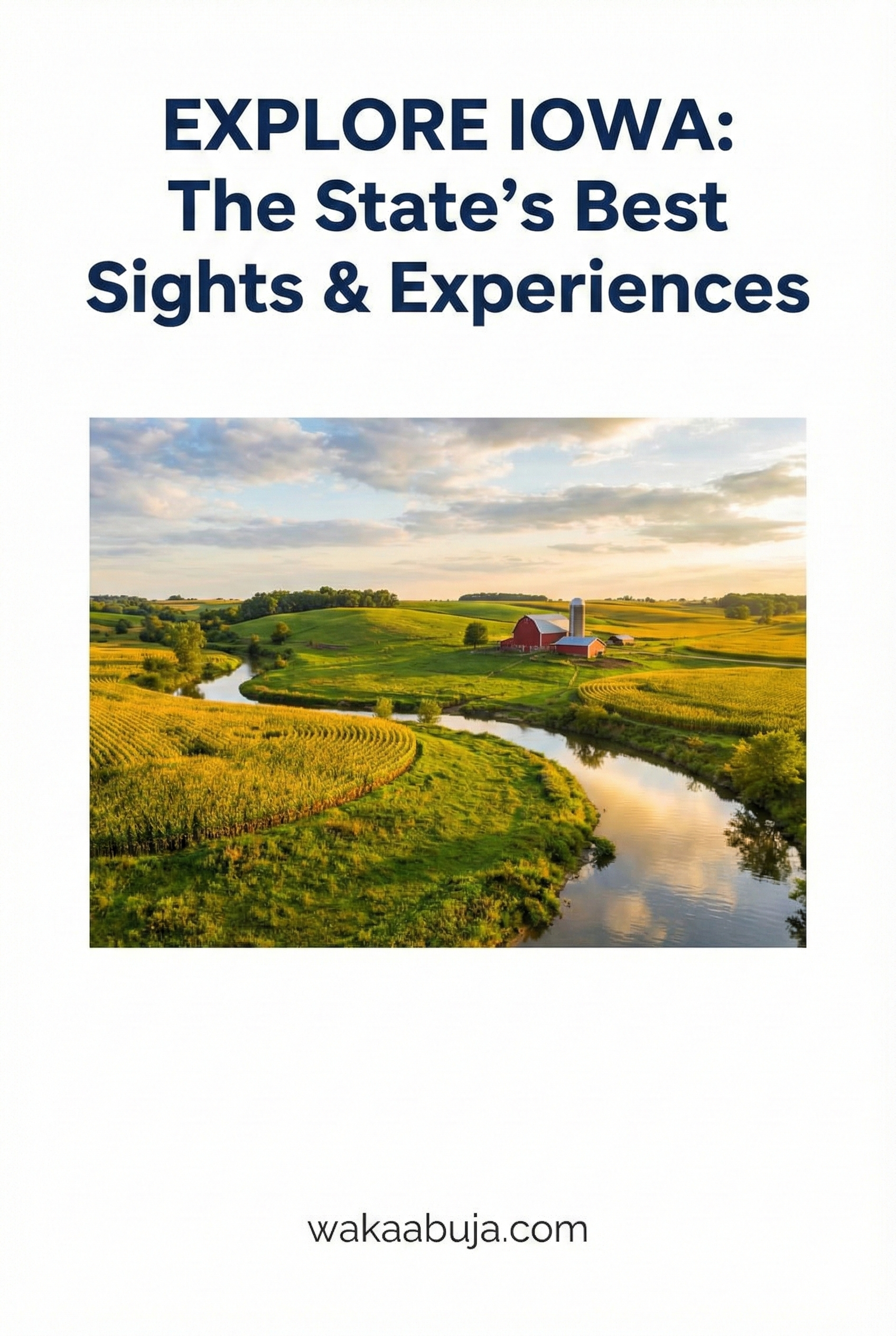- Best time to visit: Late April–May and September–early October for mild weather and fewer crowds.
- Must-see spots: Old Faithful, Grand Prismatic Spring, Lamar Valley, Canyon Village, and Yellowstone Lake.
- Top activities: Wildlife tours, hiking 900+ miles of trails, boating on Yellowstone Lake, and geyser basin walks.
- Getting around: Self-driving, guided tours, biking in summer, and snowcoach/snowmobiling in winter.
- Where to stay: Lodges inside the park (book early), campgrounds, or nearby gateway towns.
- Typical costs: Park entrance is $35 per vehicle (valid 7 days), lodging varies from $100 to $400+, and tours are $50 to $150+.
- Safety tips: Carry bear spray, respect wildlife distances, stay on boardwalks, and check weather daily.
- Emergency contacts: Park Dispatch: 307-344-7381, Ranger Station: 307-344-2300.
Getting to Yellowstone National Park: How to Arrive
Yellowstone National Park sprawls over 2.2 million acres across Wyoming, Montana, and Idaho, making access points varied. The park has five main entrances: North (Gardiner, MT), Northeast (Cooke City, MT), East (Cody, WY), South (Jackson, WY), and West (West Yellowstone, MT).
The closest major airports are Jackson Hole Airport (JAC) for the south entrance and Bozeman Yellowstone International Airport (BZN) for the north and northeast entrances. Renting a car is essential for flexibility and exploring the vast park.
From airports, it’s a scenic drive ranging from 1 to 2.5 hours to park entrances. For those who prefer not to drive, guided shuttle services and commercial tours operate seasonally. Winter visitors can access the park via snowcoaches and snowmobiles on regulated routes.
Navigating Yellowstone: How to Get Around Inside the Park
Yellowstone’s vastness means travel time between points can be significant. The primary mode is self-driving, which allows stopping at wildlife sightings and scenic viewpoints. Roads are paved but can be congested in summer, so early starts are recommended.
Guided tours provide expert commentary and reduce driving stress. Options include wildlife-focused tours like the “Wake Up to Wildlife” dawn tour in Lamar Valley, geyser basin explorations, and boating excursions on Yellowstone Lake.
For active travelers, biking is permitted on paved roads during summer and shoulder seasons but not on trails or boardwalks. In winter, snowcoach and snowmobile tours offer unique access to snow-covered landscapes.
Where to Stay: Lodging and Camping Options
Staying inside Yellowstone offers unmatched convenience and early access to attractions. The park features iconic lodges like Old Faithful Inn, Lake Yellowstone Hotel, and Canyon Lodge. These historic lodges fill up quickly—booking 6–12 months in advance is wise.
For budget-conscious travelers, Yellowstone has 12 campgrounds with over 2,000 sites, some reservable and others first-come, first-served. Popular campgrounds include Madison, Grant Village, and Fishing Bridge (note: Fishing Bridge is for RVs only).
Outside the park, gateway towns such as West Yellowstone, Gardiner, and Cody offer a range of hotels, motels, and vacation rentals, often at lower prices and with more availability.
Must-See Attractions and Activities: What Not to Miss
Old Faithful and Upper Geyser Basin
Watch the legendary Old Faithful erupt every 90 minutes, shooting water up to 185 feet. Explore nearby geysers and hot springs on boardwalk trails, including Castle, Daisy, and Riverside Geysers.
Grand Prismatic Spring
Marvel at the park’s largest hot spring, famous for its vivid rainbow colors. The overlook trail offers breathtaking views of this geothermal wonder.
Lamar Valley Wildlife Watching
Known as the “Serengeti of North America,” Lamar Valley is prime for spotting bison, elk, wolves, and bears. Dawn tours maximize wildlife sightings.
Grand Canyon of the Yellowstone
Explore dramatic cliffs and waterfalls, including the iconic Lower Falls. Hiking trails like Uncle Tom’s Trail (check status) offer immersive views.
Yellowstone Lake
North America’s largest high-elevation lake invites boating, fishing, and lakeside hiking. Rent a boat from Bridge Bay Marina or enjoy a scenic cruise.
Beyond these highlights, Yellowstone offers over 900 miles of hiking trails, ranging from easy boardwalk strolls to challenging mountain treks like Mount Washburn. Fishing requires a permit and adherence to regulations to protect native species.
Typical Costs, Suggested Budgets & Money-Saving Tips
Entrance Fee: $35 per vehicle for 7-day access (annual and lifetime passes available). Motorcycles and individuals on foot or bike pay less.
Lodging: Inside the park, expect $150–$400+ per night depending on season and accommodation type. Camping fees range from $15 to $30 per night.
Tours & Activities: Guided wildlife or geyser tours typically cost $50–$150 per person. Boat rentals vary by type and duration.
Money-Saving Tips: Visit during shoulder seasons for lower prices and fewer crowds. Book lodging and tours months in advance. Bring your own food for picnics to avoid pricey park restaurants. Use the free park shuttle services where available.
Safety Essentials: How to Stay Safe in Yellowstone
Yellowstone’s wilderness demands respect and preparation. Always carry bear spray and know how to use it—this is your best defense against wildlife encounters. Maintain a safe distance of at least 100 yards from bears and wolves and 25 yards from other animals.
Stay on marked trails and boardwalks to avoid fragile geothermal areas and unstable ground. Weather can change rapidly; dress in layers and carry rain gear. Cell coverage is limited, so download maps and emergency info beforehand.
Inform someone of your itinerary if hiking alone and check in at visitor centers for trail conditions. Follow all park ranger instructions and posted signs.
Tours and Experiences Not to Miss
Guided tours elevate your Yellowstone visit by combining expert knowledge with access to hidden gems. Some favorites include:
- Wake Up to Wildlife Tour: Early morning Lamar Valley excursions to see active wildlife with expert guides.
- Yellowstone Lake Boat Cruises: Scenic trips aboard the MV Lake Queen II with historical narration.
- Geothermal Geyser Walks: Ranger-led walks through Norris and Upper Geyser Basins to learn about volcanic activity.
- Winter Snowcoach Tours: Explore the park’s snowy landscape safely during winter months.
Booking tours through official providers like Xanterra Travel Collection ensures quality and park authorization.
How Long Should You Stay? Planning Your Yellowstone Itinerary
To truly appreciate Yellowstone’s diversity, plan at least 3 to 5 full days. This allows time to explore major geyser basins, multiple wildlife valleys, and the Grand Canyon of Yellowstone and enjoy some hiking or boating.
For a quick visit, 1–2 days can cover highlights like Old Faithful and Yellowstone Lake but will feel rushed. Multi-day trips enable immersive experiences, including ranger programs and off-the-beaten-path hikes.
Around the Area: Gateway Towns and Nearby Attractions
Gateway towns such as West Yellowstone, Gardiner, and Cody provide additional lodging, dining, and cultural experiences. West Yellowstone is a hub for winter activities and has the Grizzly & Wolf Discovery Center.
Nearby attractions include Grand Teton National Park to the south, the historic town of Jackson, and the scenic Beartooth Highway for a spectacular drive.
Interactive Map: Yellowstone National Park Main Attractions
Frequently Asked Questions About Visiting Yellowstone
What is the best time of year to visit Yellowstone?
Late spring (April-May) and early fall (September-October) offer mild weather, fewer crowds, and excellent wildlife viewing. Summer is busiest, while winter offers unique snow activities but limited access.
Do I need a permit to fish or camp in Yellowstone?
Yes, fishing requires a Yellowstone-specific permit and adherence to regulations. Camping in designated campgrounds also requires reservations or permits, especially in peak seasons.
How can I stay safe around wildlife?
Keep at least 100 yards from bears and wolves and 25 yards from other animals, carry bear spray, and never approach or feed wildlife. Stay on trails and follow ranger guidance.
Are there guided tours available inside the park?
Yes, a variety of guided tours are available, including wildlife watching, geyser basin walks, boat cruises, and winter snowcoach tours. Booking early is recommended.
What should I pack for a Yellowstone trip?
Layered clothing for variable weather, sturdy hiking boots, bear spray, sunscreen, water bottles, and a camera. Don’t forget maps or GPS with offline capabilities due to limited cell service.
To truly savor Yellowstone, rise early to catch wildlife at dawn and avoid midday crowds at popular geyser basins. Use binoculars and a zoom lens for safe, respectful wildlife viewing. Always check the official National Park Service site daily for alerts on road closures, weather, and safety updates.
Yellowstone National Park Dispatch: 307-344-7381
Ranger Station: 307-344-2300
For non-emergencies and visitor information: 307-344-7381
WakaAbuja has made every effort to ensure that the information in this post was correct at the time of publication. However, we do not assume any liability caused by errors such as pricing, hours, or location details.
Please consult official websites or social media pages for the most up-to-date information.




